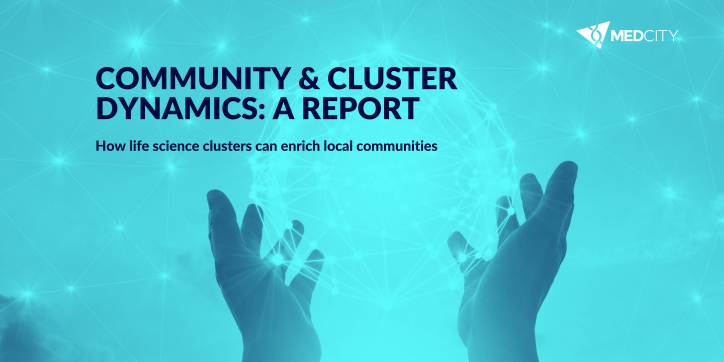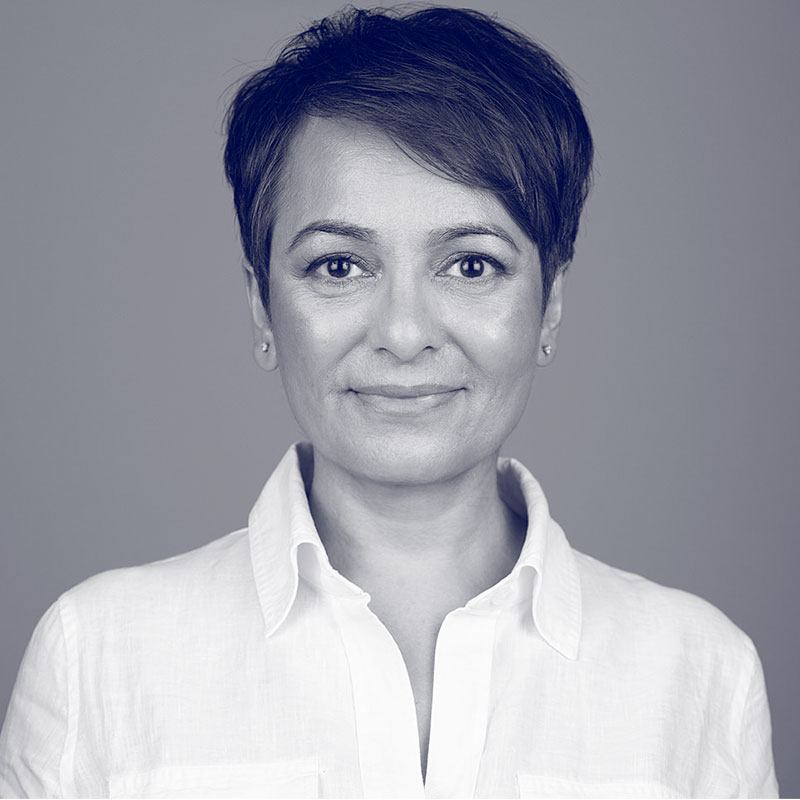
Community and Cluster Dynamics: a MedCity report
 MedCity CEO Neelam Patel introduces a new report on how life science clusters can help co-located communities thrive.
MedCity CEO Neelam Patel introduces a new report on how life science clusters can help co-located communities thrive.
Life sciences real estate has become an especially hot topic over the past year, in both property and biotech press. According to February 2022 data from JLL, investment into UK life sciences real estate increased by 61 percent last year, fuelled by unmet demand from biotech and healthtech companies, as documented in MedCity’s recent report on London Life Sciences Real Estate. With significant amounts of capital yet to be deployed, and with developments already in the pipeline to address the need for R&D real estate – new labs at Scale Space, the British Library extension, and the SC1 district, to name a few – we feel it is important to widen the discussion to how life science clusters can contribute sustainably to the local populations they co-locate with.
Why did we undertake such an investigation? In our work advising local authorities and planners on life sciences, and on supporting inward investors and developers, we found that these various organisations often had different perceptions on the criteria important for life science development at local community level. There was a need for greater clarity on how communities can benefit from being part of a life science cluster.
Our new report, Community & Cluster Dynamics, addresses the parameters by which life science clusters constructively contribute to improving the wealth and health of the people who live alongside. This report and framework, developed in partnership with UCL and supported by local authorities in the LIFT programme, is designed to be a resource to aid the development of life science space that benefits all stakeholders and, most of all, the communities that we serve.